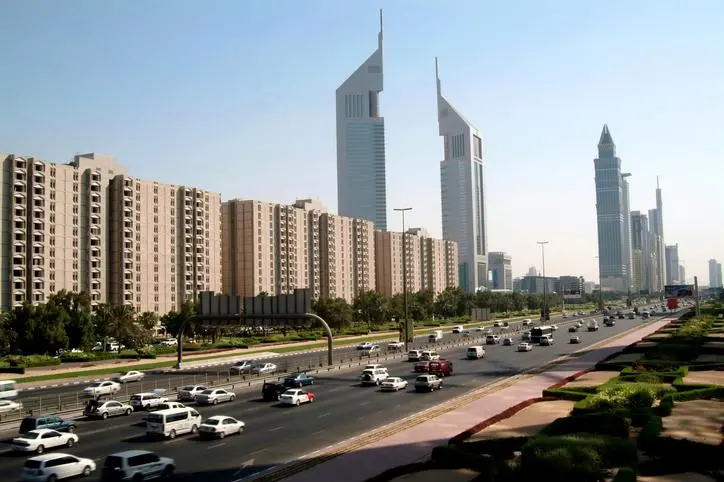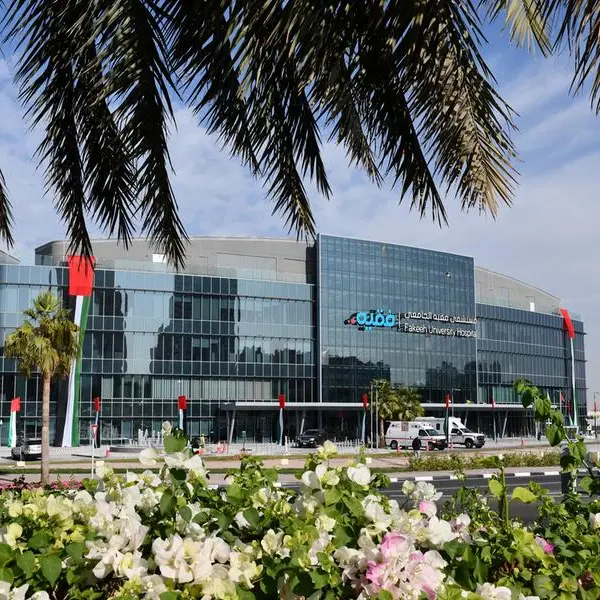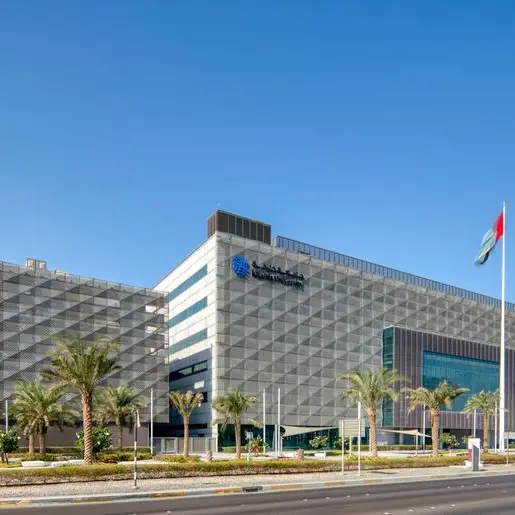PHOTO
The price of villas and apartments in Dubai will start going up in 2021, as new project launches are slowing down and investor appetite is going up, according to the latest analysis.
“It is likely that prices will stabilise in 2020, before recovering in 2021, as delivery rates of new supply start to fall. Buyer appetite increased and the willingness of sellers to drop prices neared its limit,” according to a report from Property Finder.
New project launches have reduced considerably since last year, and with a new committee now in place to address the supply glut, developers are more likely to focus instead on completing current projects, the report said.
Last year, Dubai created the Higher Committee for Real Estate Planning to address high supply concerns. The body is tasked to “assess the state of the real estate sector, study the needs of the market” and regulate or control the pace of projects, among others, to “achieve a balance between supply and demand.”
Where prices have fallen
During the second half of 2019, advertised sale prices of villas in Dubai posted a 3.2 percent decline, lower than the 4.3 percent drop recorded during the first six months of the year. Prices for apartments declined only marginally, at 1.1 percent, compared to the 3.9 percent decline in the first half of 2019.
The most notable decline in villa prices were recorded in Jumeirah Village Circle (JVC), which posted an average price drop of 8.7 percent, followed by Jumeirah Village Triangle (-4.6 percent) and Motor City (-4.5 percent).
In the apartment category, locations that observed the biggest six-month asking price declines were Barsha Heights or Tecom, down by 13.4 percent, followed by Jumeirah Lakes Towers (-11.9 percent), Damac Hills (-9.7 percent), Discovery Gardens (-7.7 percent) and Dubai Marina (-7 percent).
Markets to stabilise in 2021?
Haider Tuaima, head of real estate research at ValuStrat said prices could further drop this year and stabilise in 2021. However, the rate of recovery will vary from one location to another.
“As per the ValuStrat Price Index, we forecast that on a citywide level, residential capital values in Dubai could receive further single-digit declines this year and expect a soft landing during 2021,” Tuaima told Zawya on Wednesday.
“Stabilisation could occur during the second half of 2021 or early 2022. Some locations might commence the recovery process sooner. This, of course, is subject to both micro and macro-economic conditions and any other unforeseen events,” he added.
Sale prices in Dubai have been on a free fall since 2014 due to several factors, including a huge supply glut, poor investor sentiment, low oil prices and a strong US dollar. There have been efforts to slow down the entry of new housing units in the market to ensure that supply and demand even out.
Where are the new homes?
In 2019, Dubai delivered 48,729 new homes marking the highest number of units completed in one year over the last five years.
Most of the newly completed housing units opened their doors to tenants and buyers in Jumeirah Village Circle (JVC), Mohammed Bin Rashid City, Dubai South, Town Square and Business Bay, which accounted for about 40 percent of the total residential supply added for 2019, according to Data Finder, the real estate data and insights platform under the Property Finder Group.
Lynnette Abad, director of data and research at Property Finder, told Zawya that she expects only about 40,000 to 50,000 homes to be delivered this year, though an estimated 90,000 units are scheduled to be completion in 2020.
(Writing by Cleofe Maceda; editing by Seban Scaria)
Disclaimer: This article is provided for informational purposes only. The content does not provide tax, legal or investment advice or opinion regarding the suitability, value or profitability of any particular security, portfolio or investment strategy. Read our full disclaimer policy here.
© ZAWYA 2020











